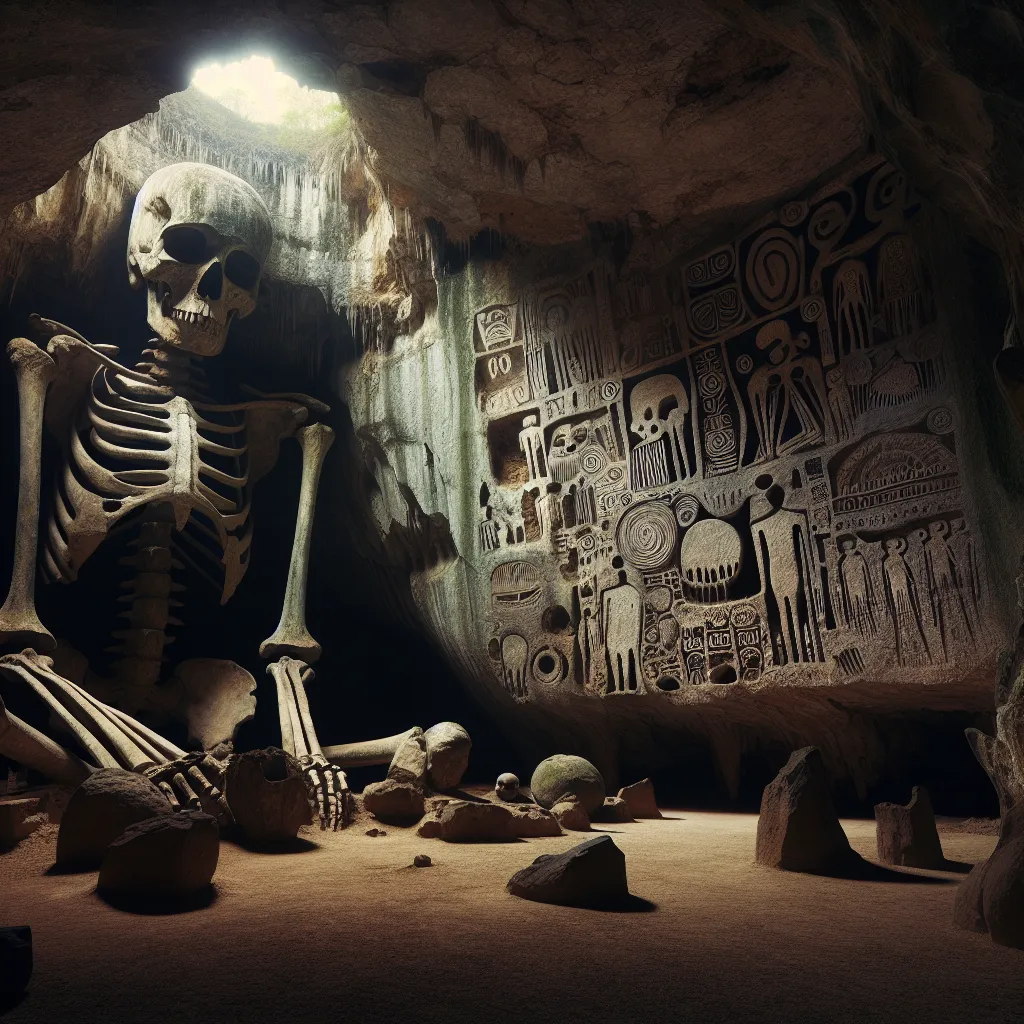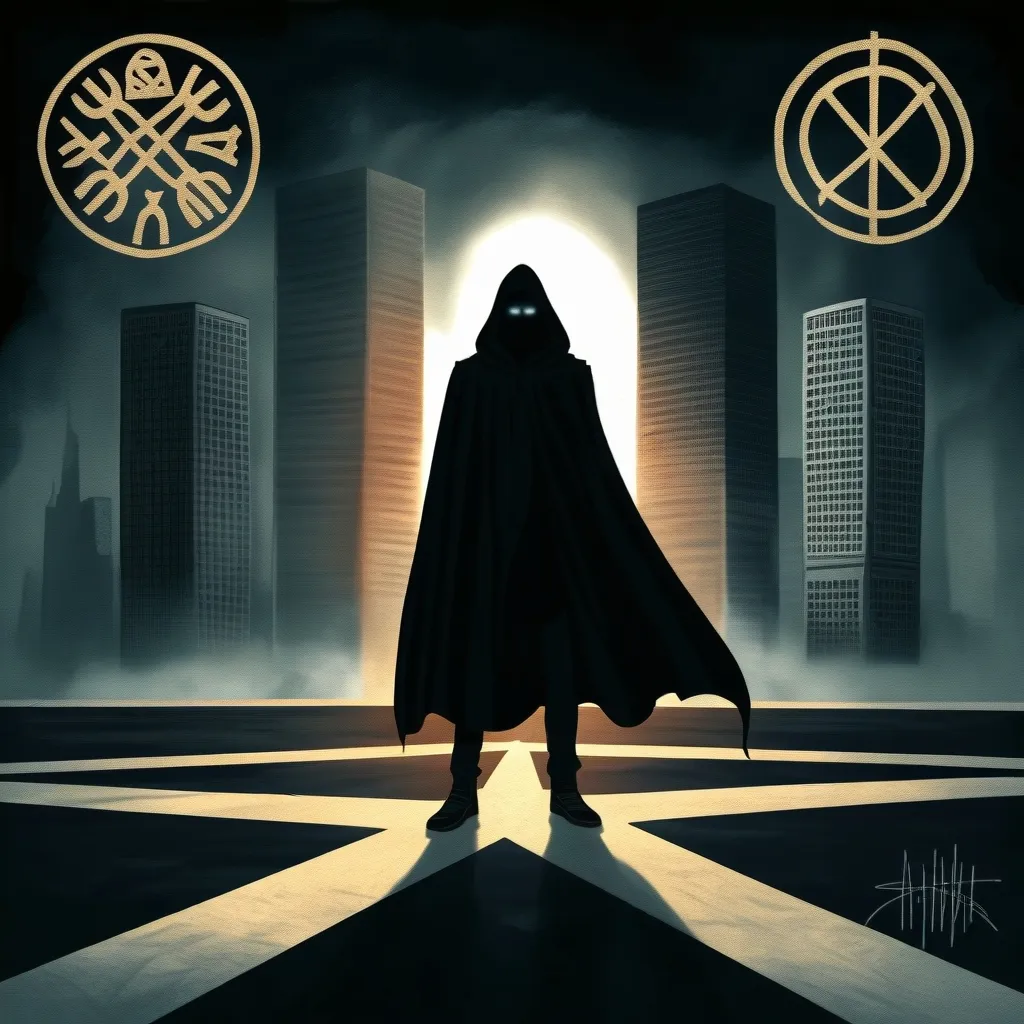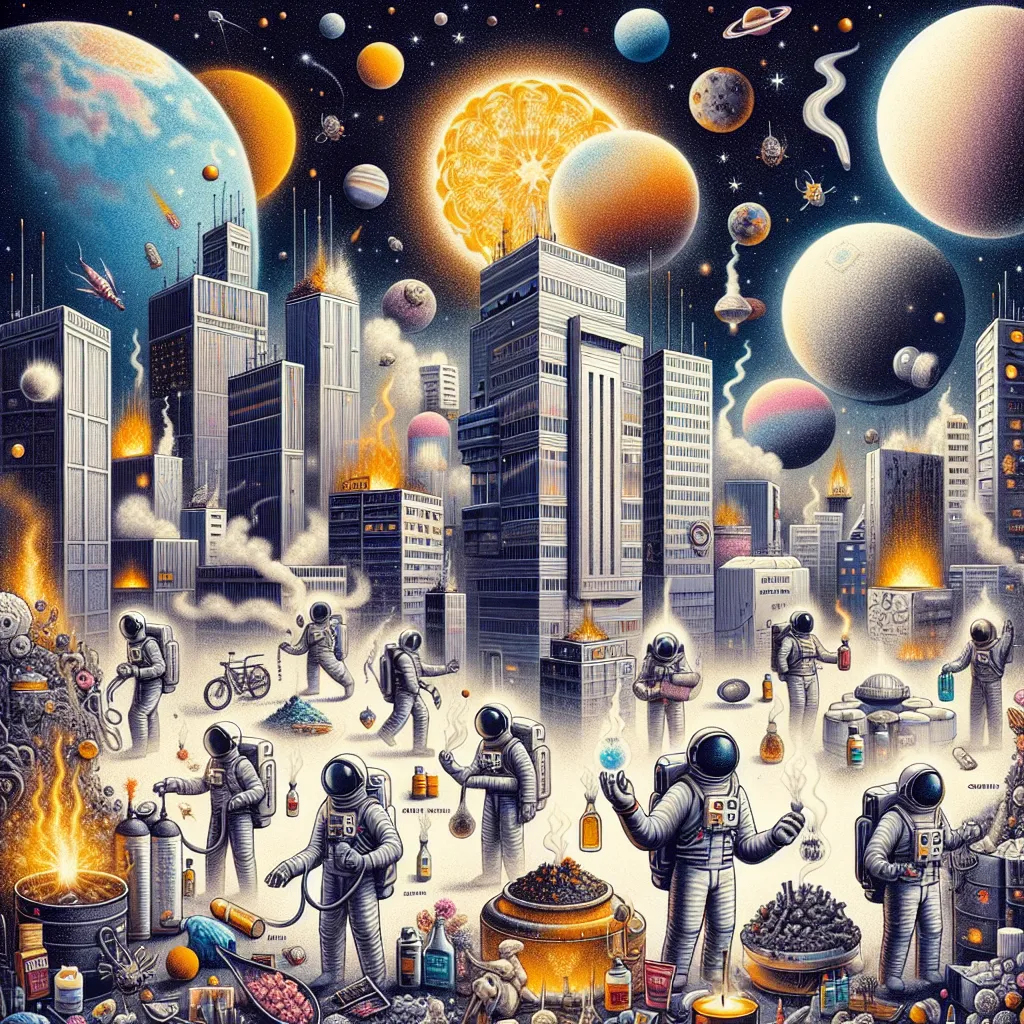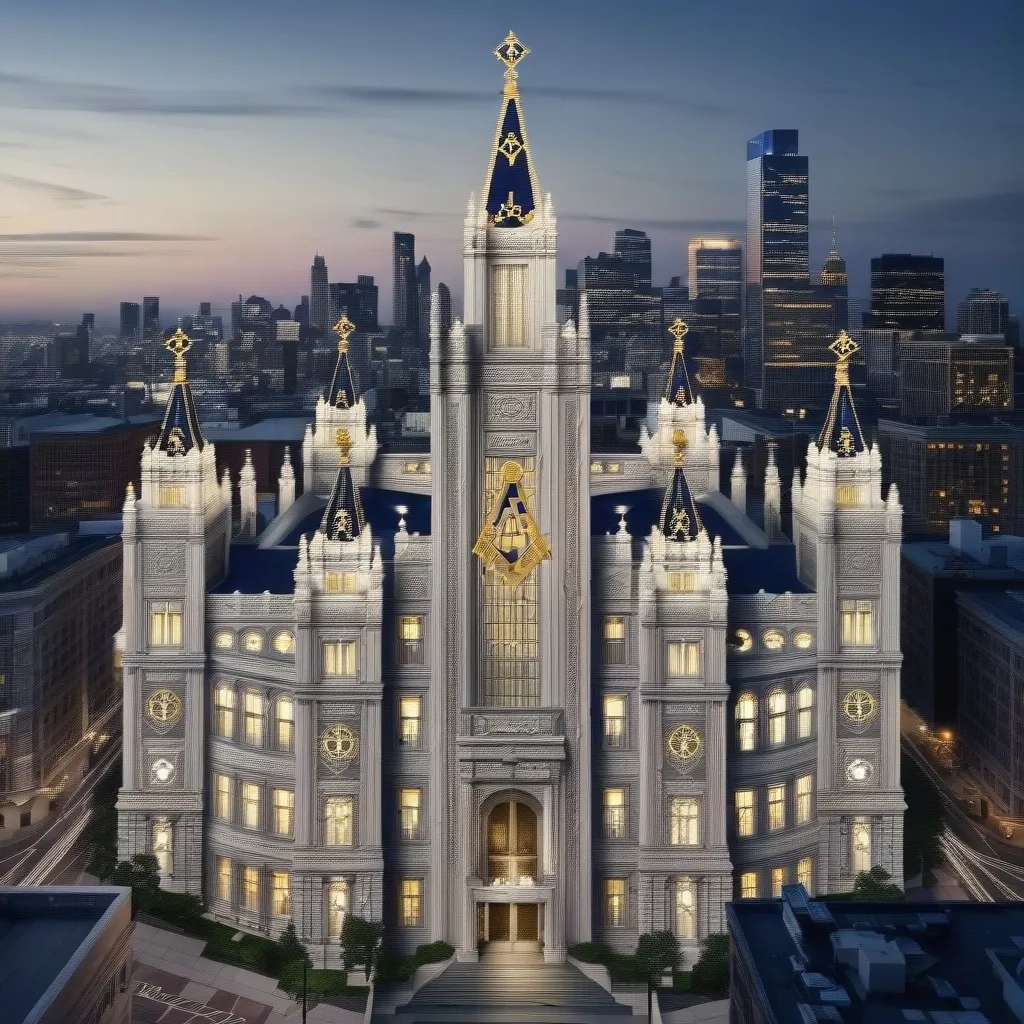In 1886, mining engineer John T. Reed stumbled upon a fascinating legend from the Paiute tribe about a race of giants defeated near Lovelock Cave, Nevada. His interest piqued international curiosity, leading to official excavations in 1912 and 1924 by the University of California. These digs yielded thousands of artifacts and puzzling human remains—specifically, skeletons of giants measuring between 8 and 10 feet tall.
The Lovelock Giants are not alone in their mythical stature. Stories of giants appear in various cultures worldwide. For example, Indian mythology speaks of humans 32 feet tall during the Satya Yuga. The Old Testament mentions the Nephilim, while the ancient Sumerians talked of the Anunnaki, a race of gods sometimes described as giants. The Anunnaki, according to some interpretations, were from the planet Nibiru, and their stories involve them creating humans for labor.
But the real kicker is the evidence that supports these legends. Giant remains have been found all over the world, including North America. The Choctaw and Paiute tribes tell of cannibalistic giants they defeated in battle. Excavations near Lovelock Cave unearthed giant remains, suggesting these stories might hold more truth than myth.
The existence of giants, however, is conspicuously absent from mainstream education and museums. Theories of a cover-up, particularly by institutions like the Smithsonian, have gained traction. The Smithsonian, for example, has been reported to receive numerous giant skeletons yet has no public record of these finds.
Further afield, ancient sites and artifacts hint at advanced civilizations predating known history. The Cook Islands’ sweet potato points to pre-Columbian trans-Pacific contact, challenging the notion that ancient civilizations were isolated.
Despite skepticism and accusations of pseudoscience, the evidence—coupled with Native American legends—paints a different picture of our past. From giant skeletons to ancient artifacts, history seems richer and more mysterious than commonly believed. As more discoveries come to light, perhaps the mainstream narrative will have to adapt to accommodate these extraordinary findings.






